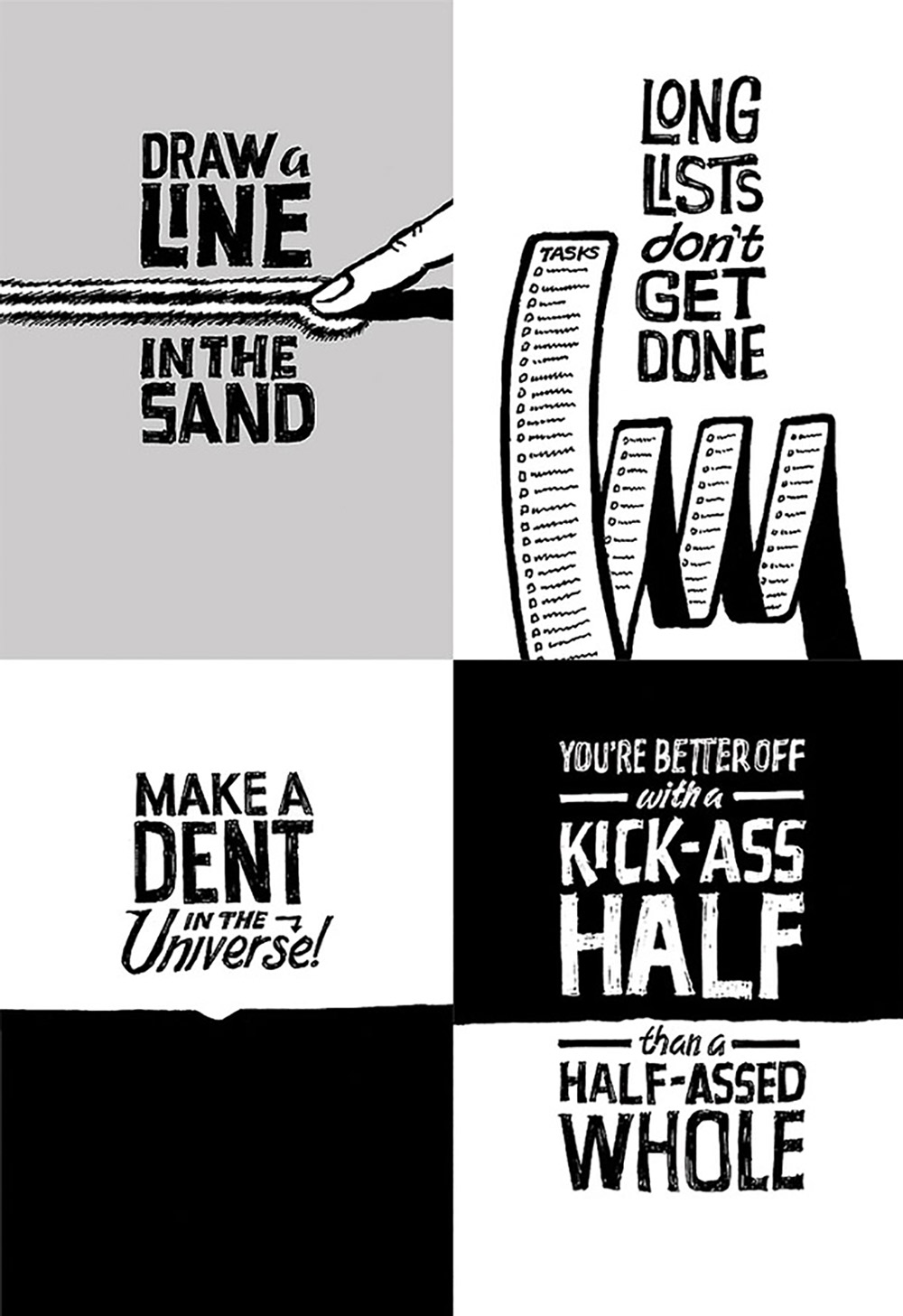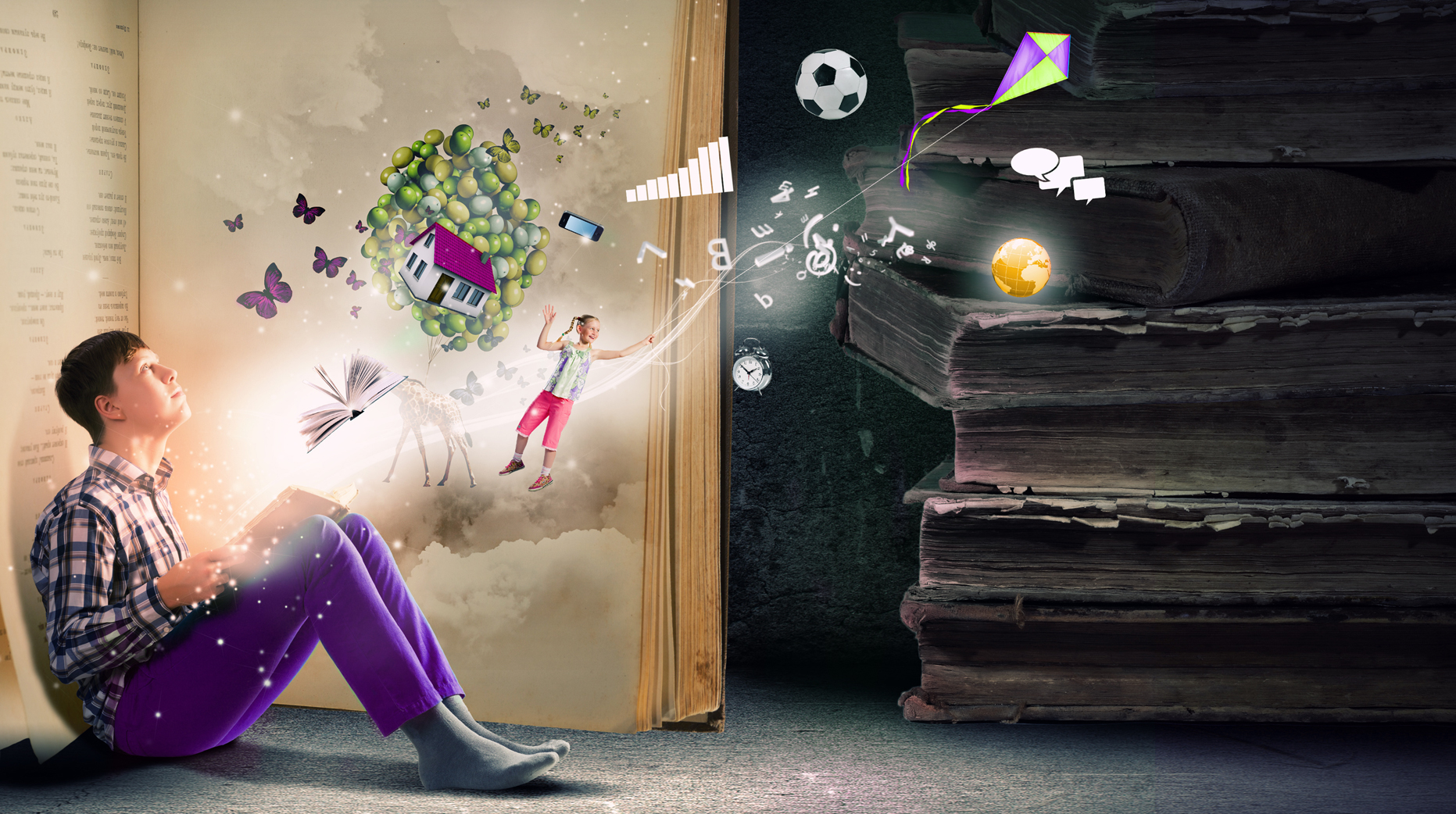The Value Of Studying The Life Of Creatives
When you think of imagination or creativity, you may automatically think of artists, poets, authors and composers. In today's world, imagination is typically paired with artistic endeavours but not scientific thinking. However, many of the great scientific minds of the past, including Aristotle, Plato and Leonardo da Vinci were also artists.
We can meld the two separate worlds of art and science by shadowing the lives of such visionaries, enhancing our minds and encouraging innovation.
I invent nothing, I rediscover.
Auguste Rodin
Rodin is arguably one of the world's most talented artists. Known for The Thinker, The Kiss, The Gates of Hell and more, he was highly criticised in his time. His sculptures clashed with age-old traditions, and although he was aware of the controversy about his work, he refused to change his methods. His legacy has lived on, and will undoubtedly continue to inspire future generations.
As children, we are encouraged to invent, design and imagine. As we grow older, this inherent part of us seems to quietly wilt away, hushed into submission by the hustle and bustle of everyday business. We give in to the forces of work and life around us, and lose the spark of imagination. You can help rediscover this spark by studying artists and the works of art they produce.
Art can be print, sculpture, dance, music or a myriad of other forms; there is something for everyone. By studying the lives and thoughts of artists, you can enhance your creative processes and develop new ideas and thoughts. By blending art and science, you can drive innovation, mimicking the great minds of the past.
Technology Can Help You Understand the Art of Neural Networks
Technology allows us to unlock the secrets of the mind. Using various types of imagery, we can understand the art of neural networks. Just as a fine painting or brilliant sonata are art, so are the delicate workings of our brains. We are just beginning to unravel the intricacies of how these networks form, decay and how they can be enhanced.
Many creative people report that their best ideas arise during this lull in active thinking. Instead of considering art and science as two separate entities, science is showing that highly creative individuals (whether they are skilled artists or educated scientists) share similar patterns of brain activation. Both groups displayed similar activation during the default mode, or when the mind seems to be drifting (Andreasen, 2012).
Imagination Drives Innovation
One of the meta-competencies of the  is innovation. Imagination is the key to driving innovation, and you can embrace the potential of imagination through daydreaming, brainstorming and pattern recognition. Our 'default network' is put to use when our thoughts sort of drift away.
is innovation. Imagination is the key to driving innovation, and you can embrace the potential of imagination through daydreaming, brainstorming and pattern recognition. Our 'default network' is put to use when our thoughts sort of drift away.
You can stretch your own mind by studying the creative works of others, hopefully finding inspiration and accessing your own 'default network'. If you can open your mind and remember how to imagine, the possibilities are truly limitless.
Citation
Andreasen, N. C. (2012). Creativity in art and science: are there two cultures? Dialogues in Clinical Neuroscience, 14(1), 49–54.
- i4 Neuroleader (353)
- Leadership & Culture (336)
- Brain Health & Wellbeing (206)
- Innovation (97)
- Performance (85)
- Our News (79)
- Collaboration (68)
- Agility (53)
- Practitioner Stories (44)
- In The Press (36)
- Make Me A Leader (33)
- Balance (31)
- Integration (30)
- Imagination (29)
- Awareness (23)
- Brain-Friendly Channel (22)
- Brain-Friendly Leadership (22)
- Communication (22)
- Curiosity (21)
- Inspiration (19)
- Intuition (19)
- Attitude (17)
- Courage (16)
- Adaptability (14)
- Case Studies (14)
- Drive (14)
- Generosity (13)
- Ethics (9)
- Mental Readiness (9)
- Influence (8)
- Retreat (8)
- Brain-Friendly Leadership (1)
- Oracle Cards (1)
- 1 November 2025 (2)
- 1 September 2025 (3)
- 1 August 2025 (5)
- 1 July 2025 (5)
- 1 June 2025 (2)
- 1 April 2025 (1)
- 1 March 2025 (8)
- 1 February 2025 (3)
- 1 September 2024 (4)
- 1 July 2024 (2)
- 1 June 2024 (6)
- 1 May 2024 (2)
- 1 April 2024 (3)
- 1 March 2024 (1)
- 1 November 2023 (1)
- 1 August 2023 (1)
- 1 July 2023 (2)
- 1 June 2023 (2)
- 1 May 2023 (4)
- 1 April 2023 (2)
- 1 March 2023 (7)
- 1 February 2023 (4)
- 1 January 2023 (1)
- 1 September 2022 (1)
- 1 May 2022 (3)
- 1 April 2022 (1)
- 1 March 2022 (5)
- 1 February 2022 (4)
- 1 January 2022 (4)
- 1 December 2021 (2)
- 1 November 2021 (4)
- 1 October 2021 (3)
- 1 September 2021 (6)
- 1 August 2021 (1)
- 1 April 2021 (1)
- 1 December 2020 (2)
- 1 November 2020 (1)
- 1 September 2020 (1)
- 1 August 2020 (1)
- 1 July 2020 (3)
- 1 June 2020 (4)
- 1 May 2020 (3)
- 1 April 2020 (4)
- 1 March 2020 (6)
- 1 February 2020 (4)
- 1 January 2020 (2)
- 1 December 2019 (3)
- 1 November 2019 (3)
- 1 October 2019 (5)
- 1 September 2019 (4)
- 1 August 2019 (4)
- 1 July 2019 (4)
- 1 June 2019 (5)
- 1 May 2019 (9)
- 1 April 2019 (9)
- 1 March 2019 (8)
- 1 February 2019 (7)
- 1 January 2019 (8)
- 1 December 2018 (5)
- 1 November 2018 (10)
- 1 October 2018 (16)
- 1 September 2018 (9)
- 1 August 2018 (10)
- 1 July 2018 (9)
- 1 June 2018 (8)
- 1 May 2018 (9)
- 1 April 2018 (9)
- 1 March 2018 (9)
- 1 February 2018 (8)
- 1 January 2018 (8)
- 1 December 2017 (6)
- 1 November 2017 (9)
- 1 October 2017 (9)
- 1 September 2017 (8)
- 1 August 2017 (10)
- 1 July 2017 (8)
- 1 June 2017 (8)
- 1 May 2017 (9)
- 1 April 2017 (8)
- 1 March 2017 (6)
- 1 January 2017 (3)
- 1 December 2016 (4)
- 1 November 2016 (5)
- 1 October 2016 (4)
- 1 September 2016 (2)
- 1 August 2016 (4)
- 1 July 2016 (4)
- 1 June 2016 (2)
- 1 May 2016 (3)
- 1 April 2016 (3)
- 1 March 2016 (7)
- 1 February 2016 (2)
- 1 January 2016 (5)
- 1 December 2015 (2)
- 1 November 2015 (2)
- 1 October 2015 (4)
- 1 September 2015 (2)
- 1 August 2015 (2)
- 1 July 2015 (1)
- 1 June 2015 (3)
- 1 May 2015 (4)
- 1 April 2015 (5)
- 1 March 2015 (3)
- 1 February 2015 (3)
- 1 January 2015 (3)
- 1 December 2014 (3)
- 1 November 2014 (3)
- 1 October 2014 (3)
- 1 September 2014 (5)
- 1 August 2014 (4)
- 1 July 2014 (5)
- 1 June 2014 (3)
- 1 May 2014 (1)
- 1 March 2014 (1)
- 1 December 2013 (2)
- 1 November 2013 (1)
- 1 July 2013 (1)
- 1 June 2013 (1)
- 1 May 2013 (3)
- 1 April 2013 (1)
- 1 March 2013 (2)
- 1 February 2013 (1)
- 1 January 2013 (2)
- 1 November 2012 (1)
- 1 October 2012 (1)
- 1 September 2012 (1)
- 1 August 2012 (2)
- 1 July 2012 (1)
- 1 June 2012 (1)
- 1 May 2012 (2)
- 1 April 2012 (1)
- 1 February 2012 (1)
- 1 January 2012 (1)
- 1 November 2011 (1)
- 1 October 2011 (3)
- 1 September 2011 (2)
- 1 July 2011 (1)
- 1 June 2011 (1)
- 1 May 2011 (1)
- 1 April 2011 (1)
- 1 March 2011 (1)
- 1 February 2011 (2)
- 1 January 2011 (4)
- 1 December 2010 (4)
- 1 November 2010 (3)
- 1 October 2010 (5)
- 1 September 2010 (4)
- 1 August 2010 (4)
- 1 July 2010 (3)
- 1 June 2010 (4)
- 1 May 2010 (7)
- 1 April 2010 (5)
Subscribe by email
You May Also Like
These Related Stories

Scratch Your Own Itch

Opening Your Mind To The Wonders Of Your Imagination



No Comments Yet
Let us know what you think